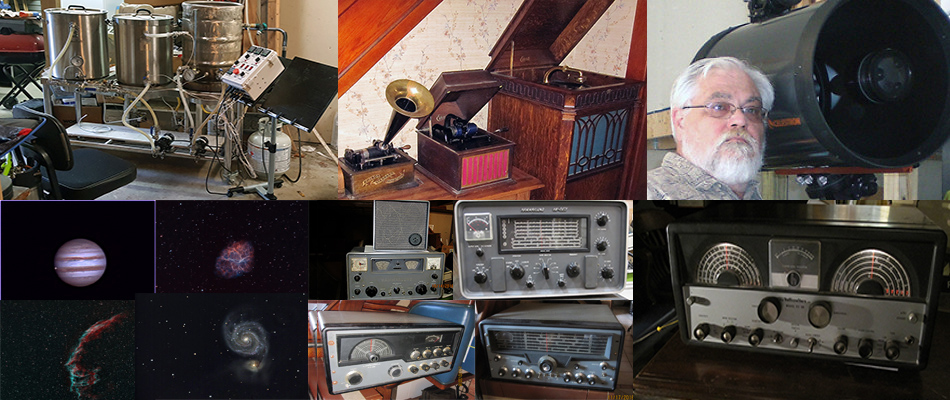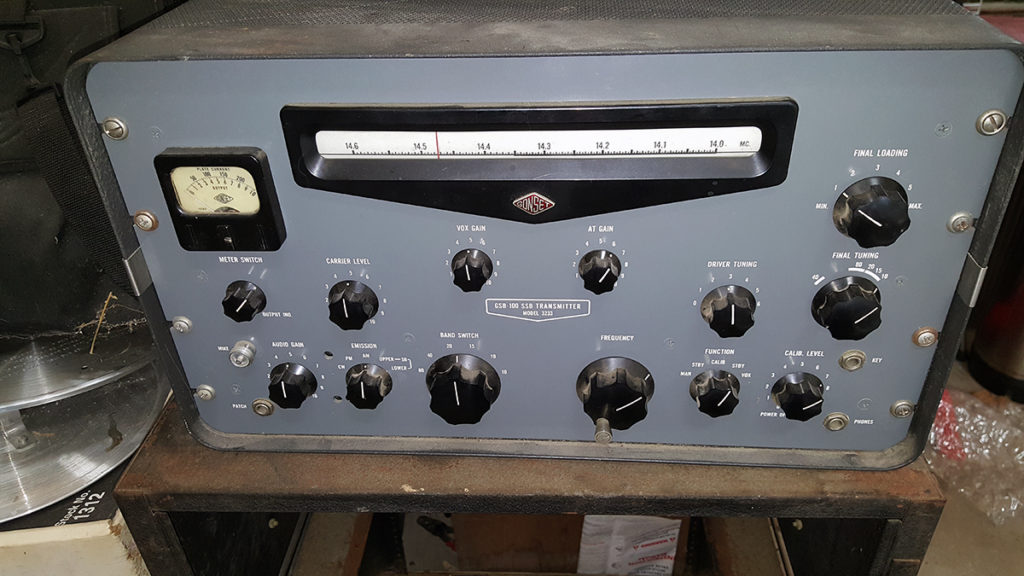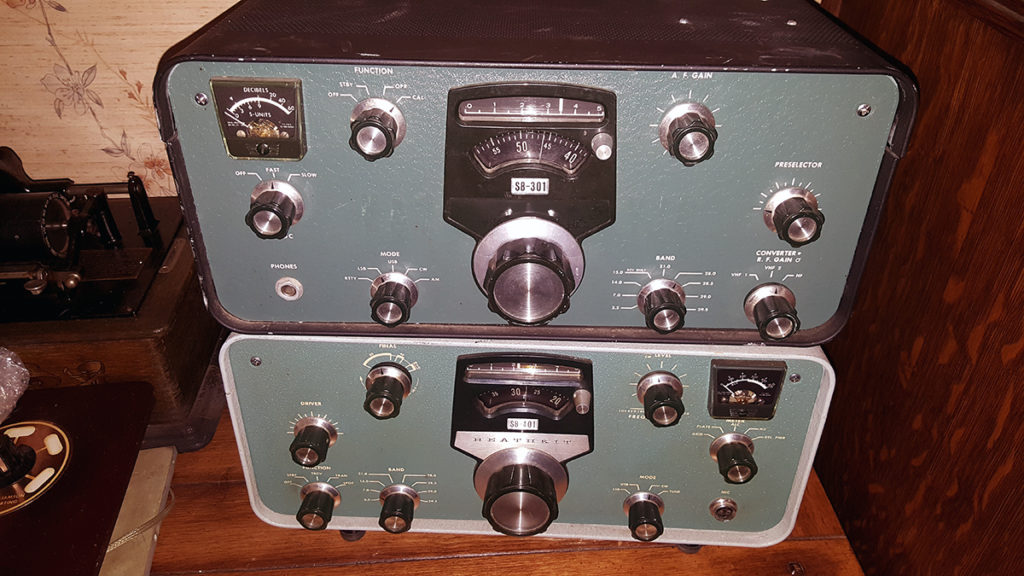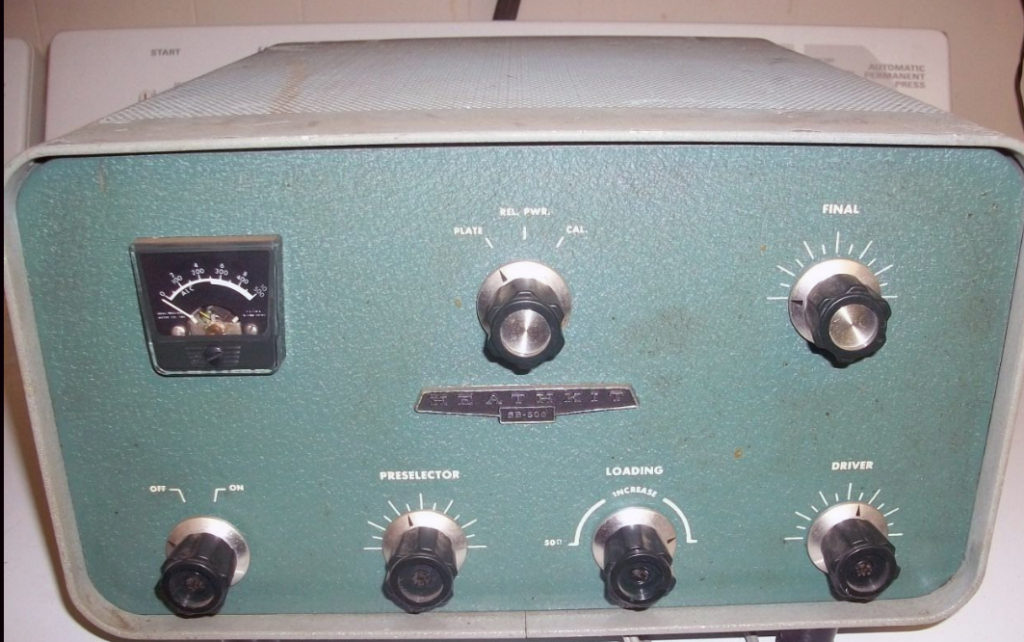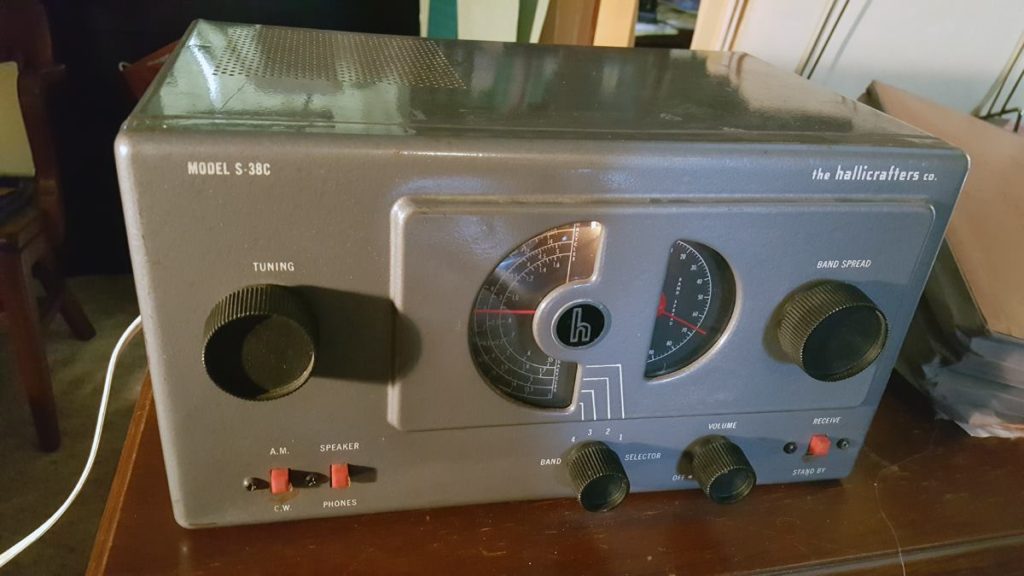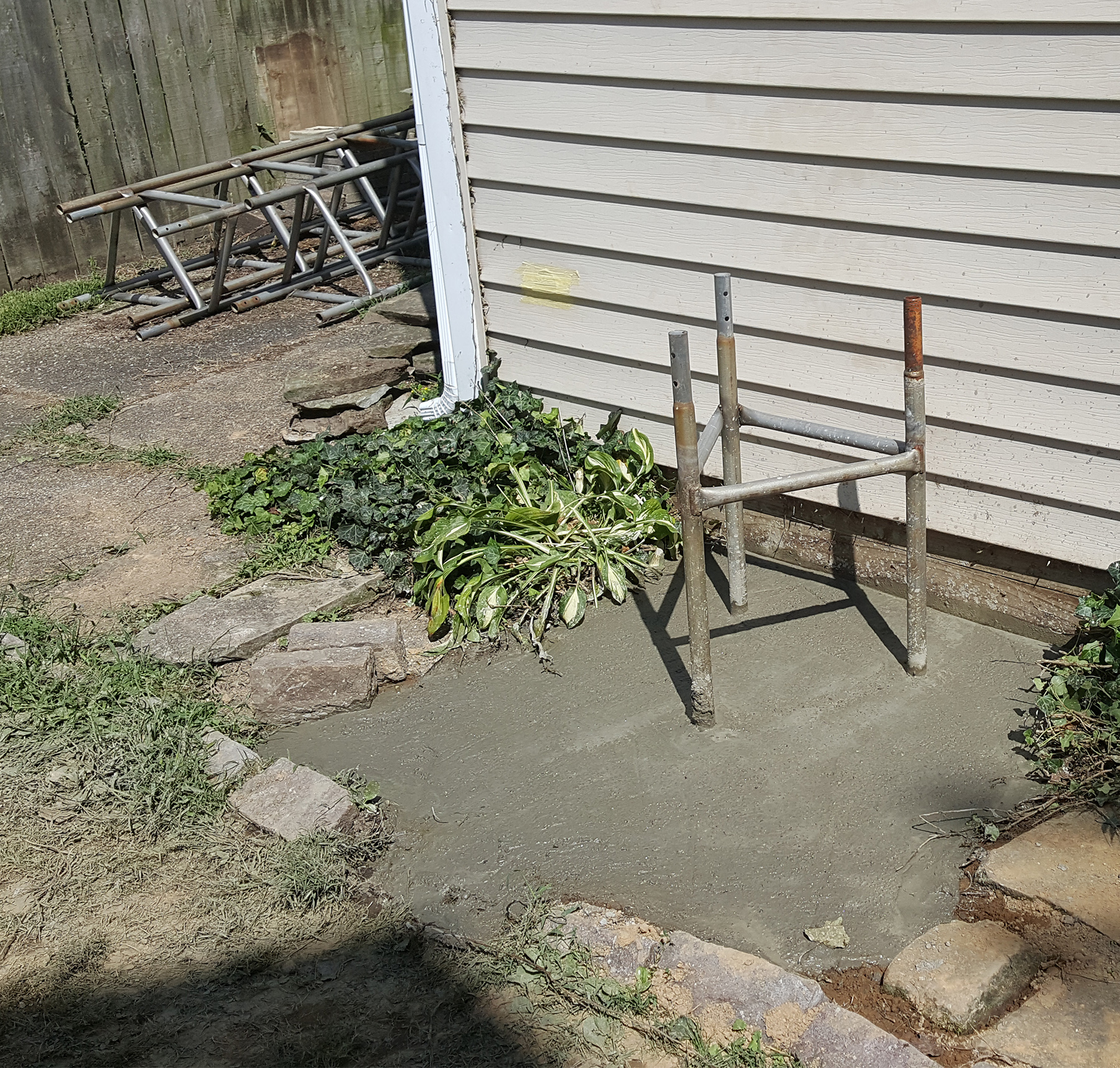
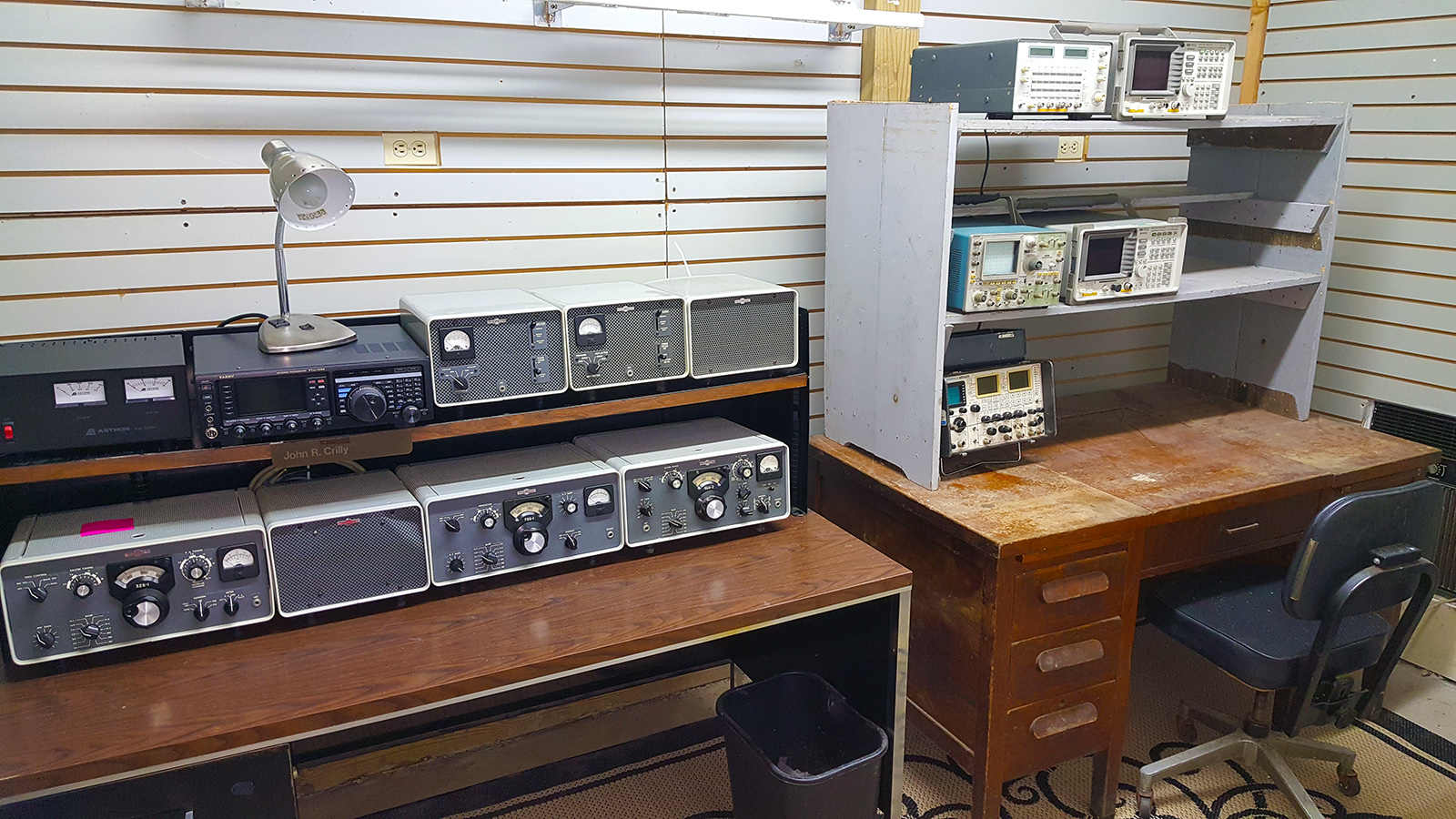
W8TD has been off the air for decades except for some light use of VHF/UHF FM. I was inactive for a while but the final straw was my last relocation (20 years ago). I just never got around to erecting any antennas or setting up a station at the new location. It is a wonder that I remembered to renew my license the last time (and I have just renewed it again). I would have hated to see 50 years as a ham interrupted, even though I was inactive.
I have been pondering the possibility of getting back on the air for a few years. My tiny downtown lot put some barriers in my way. There isn’t much room for wire antennas or a tower, and municipal antenna height restrictions won’t permit a tower of the size I used to have. I do have an unused third floor in the house and an unused second floor in the garage so I considered indoor antennas. I still may add some small antennas up there at some point – maybe VHF/UHF and a 10M vertical. My prime interest has always been the lower bands, though, so that is what I have been trying to work out.
I finally decided to erect a very modest 30 foot tower near the center of the lot. I can stick a tribander on it, and also use it for a center support for 40M and 80M diploes. Today the base was poured so there is concrete (pun intended) progress on the project. The photo above foreshortens things a bit – the tower base is nearer the center of the 36X36X36 slab than it appears. I will add a bracket to the garage at about 20 feet up and the tower legs are on 16″ centers (similar in size to Rohn #45) so it should hold whatever I can get up there. I selected a Cushcraft A3-S for its unusually wide bandwidth and added the 40M kit to it. No 40M Yagi as I used to have up, but it will give a bit of directionality. As I no longer have access to climbing gear or a gin pole (or vigorous youth), I believe I will have to hire a crane or bucket truck to get the top section and beam up there.
I dug out the radios and set them up in a newly added room. The operating desk is a little crowded in the above photo so I have rearranged things a bit. The test equipment on the desk to the right has been relocated to a different desk across from that one and some of the radios will be moved onto the former test bench. I haven’t yet powered up the Collins gear to see if it survived the long storage. I will bring it up slowly on a variac when I do. I picked up the Yaesu when I first started thinking about getting back on so it is a current model and should have no issues. After I get the radios spread out onto two desks there will be room for microphones and keys and the other necessities, such as a rotator control.
The goal is to have something on the air in the next few weeks.
Concurrently, I am also working on getting the observatory back into operation after a several year hiatus. That will be the subject of the next post, and I hope to also have that operational in the next several weeks. Never a dull moment around here.
